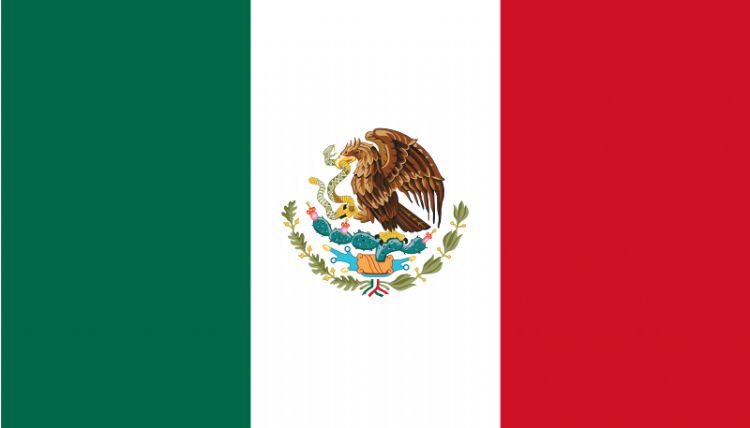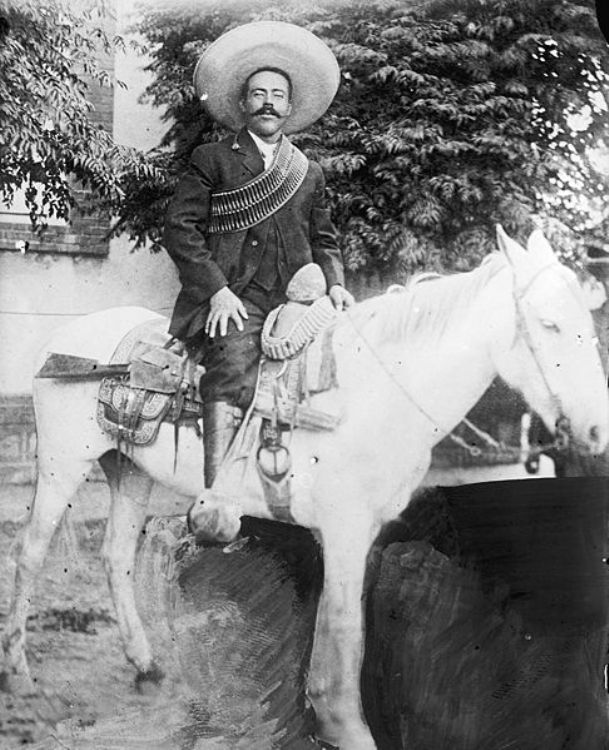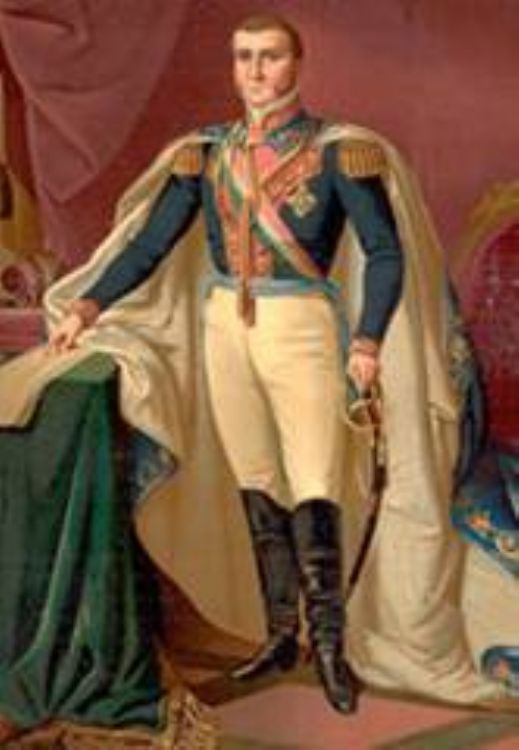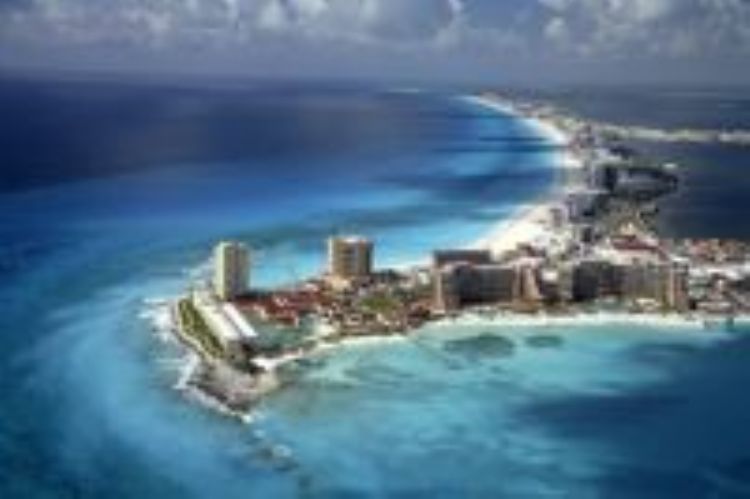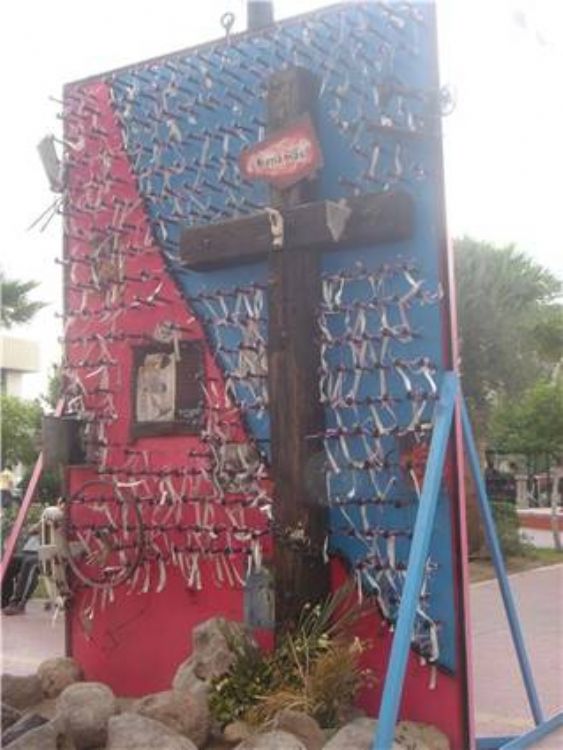The Pátzcuaro Lake
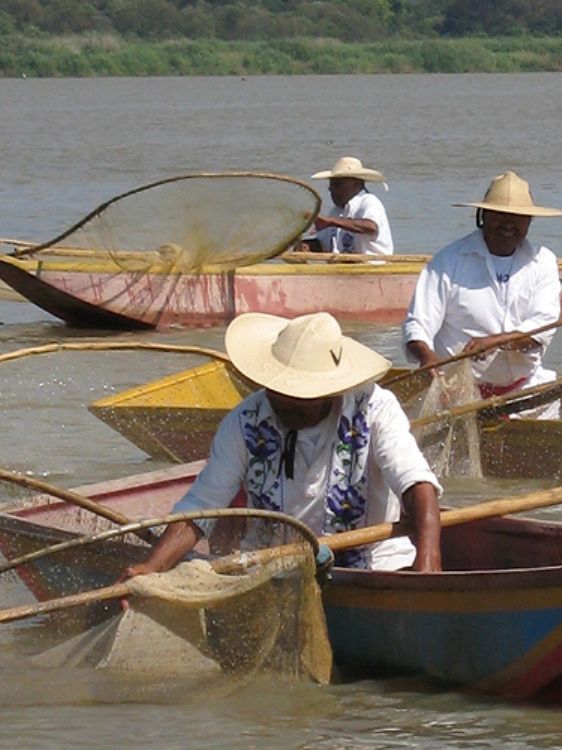
Pátzcuaro Lake is the place in Mexico with greatest tradition of Purépecha culture. Surrounding Pátzcuaro Lake are the archeological sites of Ihuatzio and Tzintzutzan, evidence of pre-Columbian life of Michoacan.
Among the exciting activities visitors can practice around Pátzcuaro Lake are mountain biking and paragliding.
With a notable autochthonous gastronomy, Pátzcuaro offers its visitors the traditional tamales stuffed with white fish, tarasca soup, red pozole, atole de grano, trout, fresh anchovies, pasta ice cream, lamb and a great variety of corn-based drinks.
The spectacles of Danza de los Viejitos and Danza del Pescado are an old tradition greatly enjoyed by tourists.
Pátzcuaro Lake is located 2,140 meters above sea level. Its climate temperature varies from 23° C to 9° C.
Pátzcuaro, in Purépecha language, means temple settlement. Dwellers believed it was the gate to heaven through which gods descended and ascended. Inhabitants of Pátzcuaro are mostly dedicated to crafts, such as textiles, embroidery, furniture and pottery.
There are five islands in Pátzcuaro Lake. La Pacanda is located 35 minutes from the Pátzcuaro dock, in the lakeâs center; within this island there is a very beautiful lagoon where ducks and carps predominate.
The island of Yunuén is located 30 minutes from the dock, its name means âhalf moonâ; its main attractions are its vegetation, typical buildings and a pier with cabins, offering a calm stay to visitors.
The island of Urandenes is 10 minutes from the Pátzcuaro dock, it consists of three islands surrounded by beautiful channels and its coast is the main white fish reserve. Its fishermen are very skillful with the butterfly nets.
The Tecuena island is found 25 minutes from the Pátzcuaro dock, it is the lakeâs smallest island. Its name means âgood honeyâ and its observation deck offers a wonderful view of the lake.
The island of Janitzio is 20 minutes away from the Pátzcuaro dock, its name means âcorn hairâ, and it has a 40 meter high monument in honor of General Don José María Morelos y Pavón; besides a series of paintings showing this heroâs life. The Indian community of this island has preserved the traditions regarding the night of the dead celebrated every first day of November, attracting visitors from around the world to observe how the islandâs inhabitants go to the lake with their butterfly nets and boats illuminated by candles.
Around 1320, the lake and its surroundings were inhabited by three Indian groups that were continuously combating among them; the coringuaro, isleños and chichimecas. The chichimecas took refuge in Pátzcuaro when the Spaniards arrived to Michoacan. In 1526 arrived Nuño de Guzmán, who committed crimes that culminated in the torture and death of Taganxoan II, last tarasco emperor; faced with this, the dwellers fled to the mountains and the region was left without any population. In 1540, Bishop don Vasco de Quiroga began to repopulate Pátzcuaro by turning this region into the Episcopal venue, taking Indian and Spanish families with him.
Don Vasco de Quiroga is considered the true colonial founder of Pátzcuaro City. He was born in 1470 in the villa of Madrigal de las Altas Torres, Spain; and died in Uruapan, Michoacan, in 1565. Don Vasco de Quiroga was commissioned by the Spanish monarch to form a new High Court; he arrived in Mexico at the beginning of 1531. His first act of justice was to condemn Nuño de Guzmán, taking away his properties because he had acquired them through reprehensible acts send him as prisoner to Spain, where he soon died in the greatest misery. Quickly, Don Vasco became dedicated to repair the injustice committed by Nuño de Guzmán in Michoacan.
Because of this success, Emperor Carlos V suggested to the Pope in 1531 that Don Vasco should be named Bishop of Michoacan; in a single day all the ecclesiastic ranks were imposed on him in 1538. He took the Episcopal venue to Pátzcuaro in 1540. It can be said that almost all temples and convents in Pátzcuaro were built thanks to Don Vasco. He is recognized for having spent all his personal resources to improve the Indianâs life quality, who he defended from the abuse of the Spanish. He died at age 95 and his body was buried inside what was then the Cathedral, currently the Company church. The Award Vasco de Quiroga was instituted by the municipality of Pátzcuaro since 1983 in recognition of the personalities who have contributed to the cityâs greatness; it is awarded every September 28.
Artículo Producido por el Equipo Editorial Explorando México.
Copyright Explorando México, Todos los Derechos Reservados.
Foto: Pixteca

